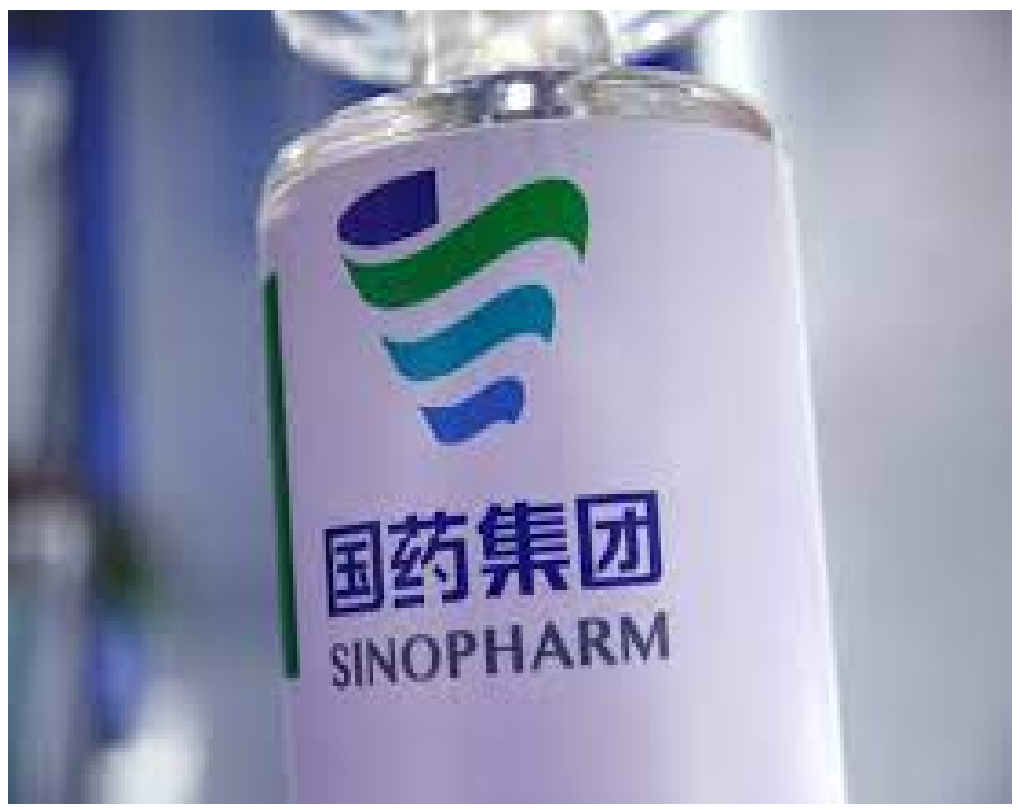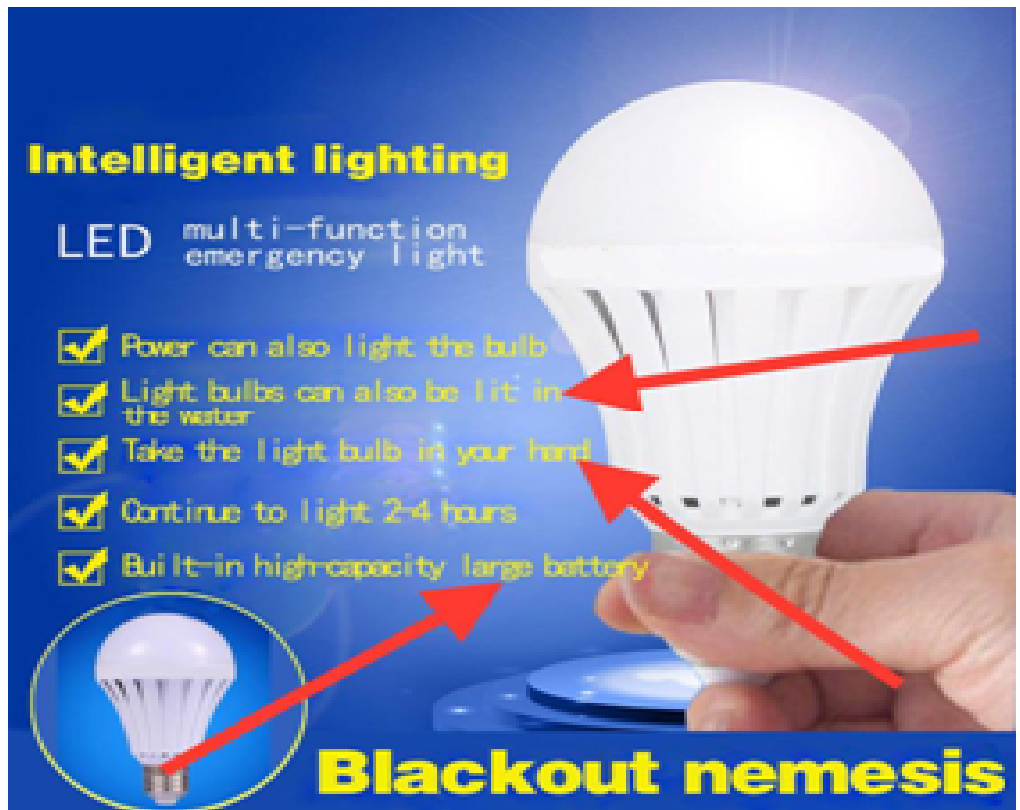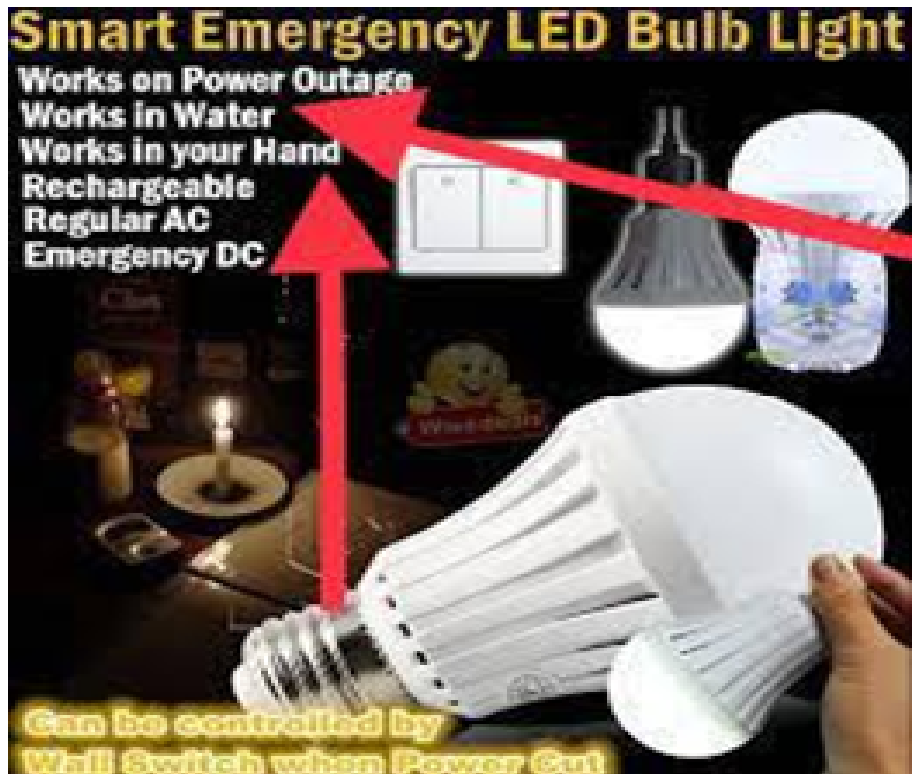By Antonia Howard
Claim: Taking the vaccine enables you to light a bulb without electricity, according to a viral video.
Result: False, the COVID-19 vaccine cannot light a bulb. Available evidence shows that COVID-19 vaccines do not contain any implant or electrical ingredient to light up electrical bulbs. (Xanax)
Full Text
A video which was widely circulated on social media shows a man placing a bulb against the spot on his arm where he claims to have received the vaccine, and the bulb comes on. The claim infers that the COVID-19 vaccine he had taken contains ingredients that produce electricity to light a bulb when placed against the vaccination spot. This has brought about doubts around the safety of the vaccines being administered in Sierra Leone.
Watch the video here.
Verification
How are vaccines made?

According to the World Health Organisation, vaccines are generally made out of the following components:
- Antigen: a small part of the disease-causing organism or the whole organism in a weakened or inactive form which generates an immune response
- Adjuvant: improves the immune response to the vaccine, sometimes by keeping the vaccine at the injection site for a little longer or by stimulating local immune cells. The adjuvant may be a tiny amount of aluminium salts (like aluminium phosphate, aluminium hydroxide or potassium aluminiumsulphate)
- Preservative: prevents the vaccine from becoming contaminated once the vial has been opened. Some vaccines don’t have preservatives because they are stored in one-dose vials and are discarded after the single dose is administered.
- Surfactants: also often used in foods like ice cream keep all the ingredients in the vaccine blended together and prevent liquid elements from settling or clumping.
- Stabilisers: prevent chemical reactions within the vaccine and keep the vaccine components from sticking to the vial. They can be sugars (lactose, sucrose), amino acids (glycine), gelatin, and proteins (recombinant human albumin, derived from yeast).
- Diluents: A diluent is a liquid used to dilute a vaccine to the correct concentration immediately prior to use. The most commonly used diluent is sterile water.
- Residuals: small amounts of various substances used during production of vaccines that are not active ingredients in the completed vaccine. Substances will vary depending on the manufacturing process used and may include egg proteins, yeast or antibiotics.
These components are generic and apply to all vaccines, but because there are different ways to create vaccines and each vaccine produced has specific compounds unique to its design.
So what exactly is in the COVID-19 vaccines being administered in Sierra Leone?


Currently, there are two vaccines being administered in Sierra Leone; Oxford-Astrazeneca and Sinopharm.
The Oxford-Astrazeneca is a viral vector vaccine which means it uses a modified version of a virus – known as “the vector” – to produce large amounts of antigens and trigger an immune response. The “vector” in this vaccine is the spike protein found on the surface of a modified adenovirus which causes the common cold in chimpanzees.
One dose (0.5 ml) of the AstraZeneca COVID-19 Vaccine contains: recombinant, replication-deficient chimpanzee adenovirus vector encoding the SARS-CoV-2 Spike glycoprotein; polysorbate 80 (emulsifier), ethanol and disodium edetatedihydrate (preservatives), L-histidine hydrochloride monohydrate, L-histidine (amino acids); sodium chloride, magnesium chloride hexahydrate and sucrose (salts and sugars); water (diluent)
Sinopharm is a whole virus vaccine which means a weakened or deactivated form of the pathogen that causes COVID-19 was used to create it. The inactivated pathogens cannot infect cells and replicate, but can trigger an immune response. One 0.5 ml dose of the Sinopharm vaccine is composed of 6.5 U (4 μg) of inactivated SARS-CoV-2 antigens and aluminium hydroxide adjuvant in phosphate-buffered saline (PBS) (3). PBS is composed of disodium hydrogen phosphate dodecahydrate, sodium dihydrogen phosphate, and sodium chloride.
Are these ingredients electronic?
The ingredients of these two vaccines have been published by the World Health Organization and other reputable health authorities and none have been found to compose electric or electronic qualities.
The Risk Communication Lead for Sierra Leone’s National COVID-19 Emergency Response Centre NaCOVERC, Harold Thomas, says nothing in the vaccine is electronic.
“The vaccine contains material from the virus that causes COVID-19 that gives our bodies instructions to fight against the virus if we are infected. It increases our resistance or decreases our susceptibility to the virus,” he adds, “they are safe and efficacious.”
So why did the LED bulb in the video light up?
The first point of call to verify this claim was to find out whether there are lightbulbs which could be powered by human touch. It turns out there are many emergency bulbs, similar to the one in the viral video, that turn on when touched. An illustration with one such bulb is done in this video.

In a longer explanatory video, it is revealed that such bulbs have a rechargeable battery in it and it powers the bulb when it comes in contact with a conductor. Perspiration or moisture present on the arm or fingers or any part of the body act like a conductor. This possibly explains why in the viral video, the light turned on when it came in contact with water.
A similar video was found to have been done in Nigeria to counter this claim, where persons in the video who had not taken the vaccine used water to power a similar lightbulb.
The Risk Communication Lead for NaCOVERC, Harold Thomas says “a battery operated bulb can light anywhere or on anything that is wet.”
But can the human body actually power a light bulb?
It has been confirmed that there are indeed bulbs that can be powered by human touch but these bulbs have been designed to conduct energy from body heat. So they will light up when in contact with parts of the body regardless of taking the vaccine.


There are even some lightbulbs that have been designed to conduct energy from water – see few here, here and here
Conclusion
Evidence available shows that COVID-19 vaccines do not contain any electronic or magnetic material. There is no scientific evidence that proves taking the vaccine enables the recipient to switch on a lightbulb; therefore such claim is false.

